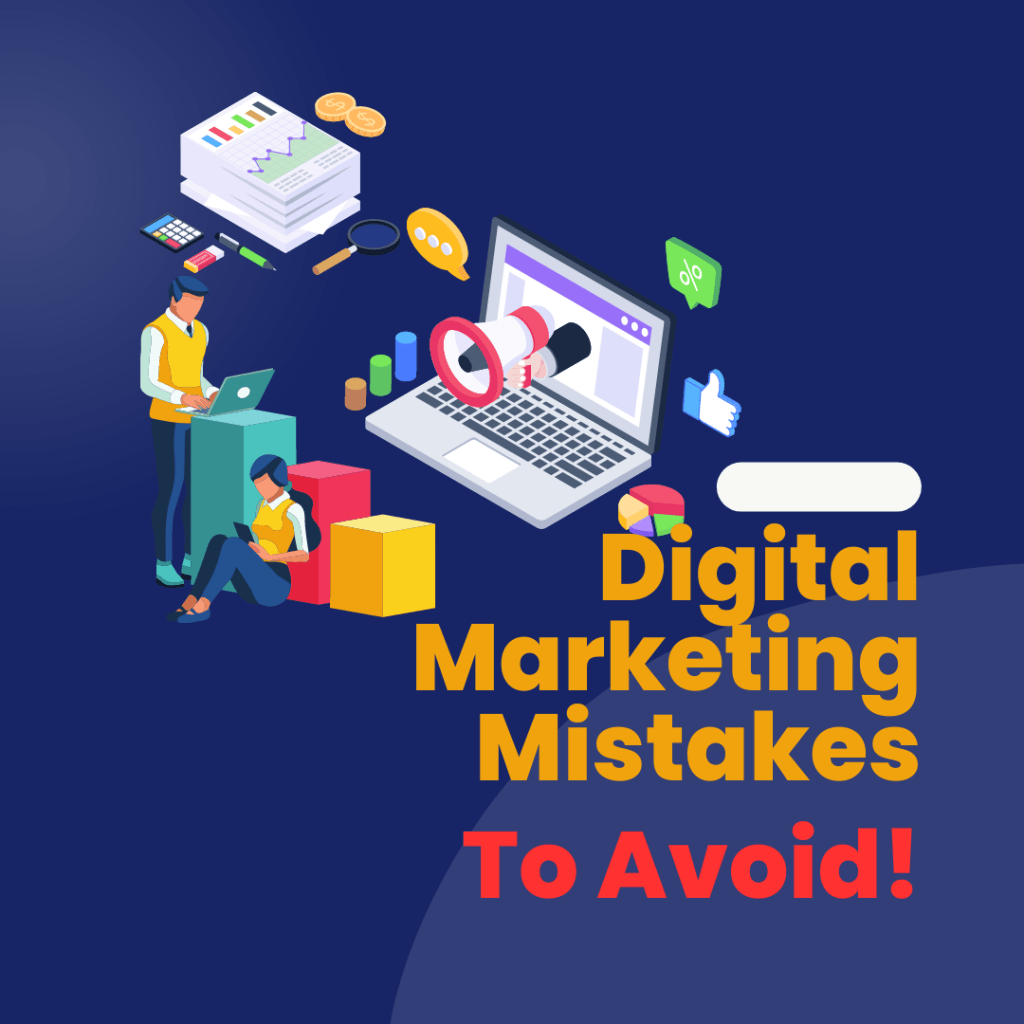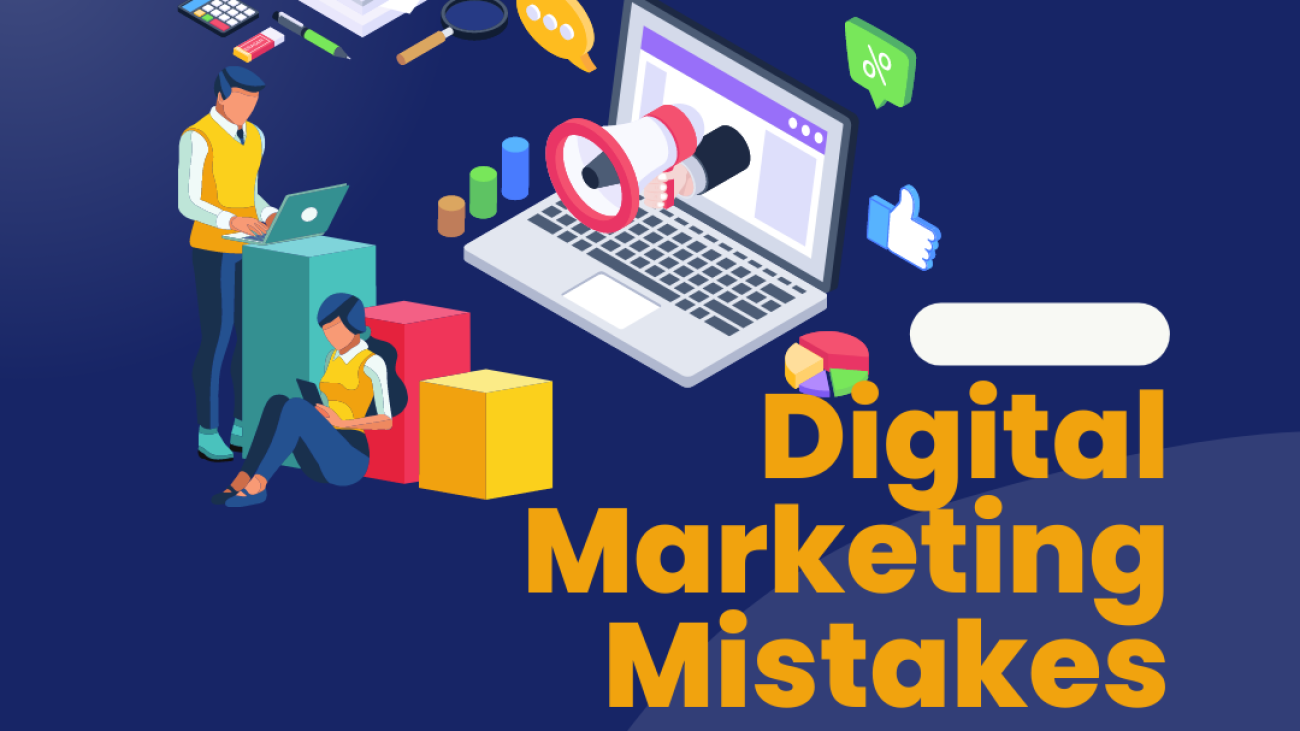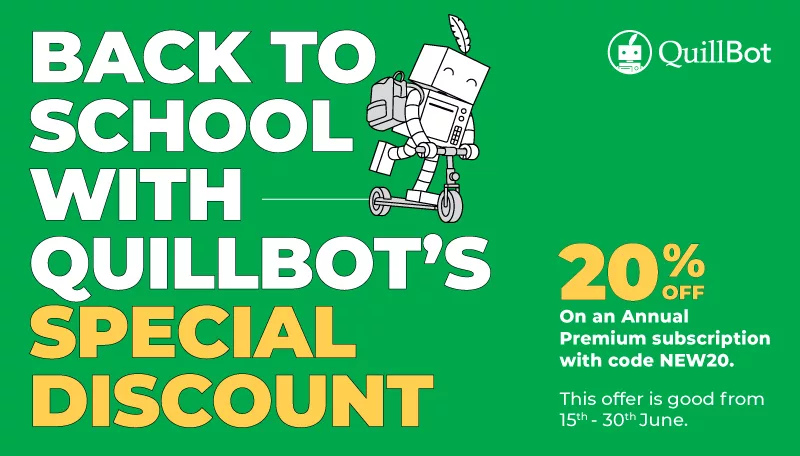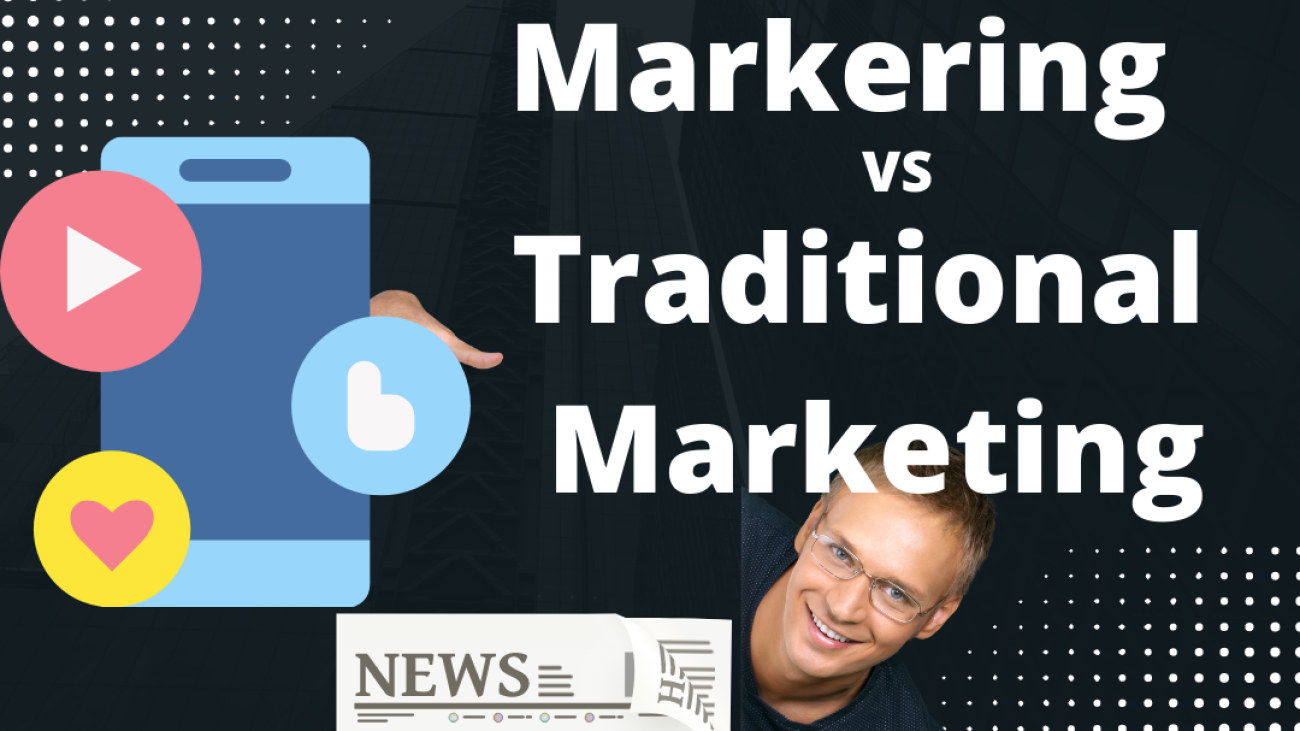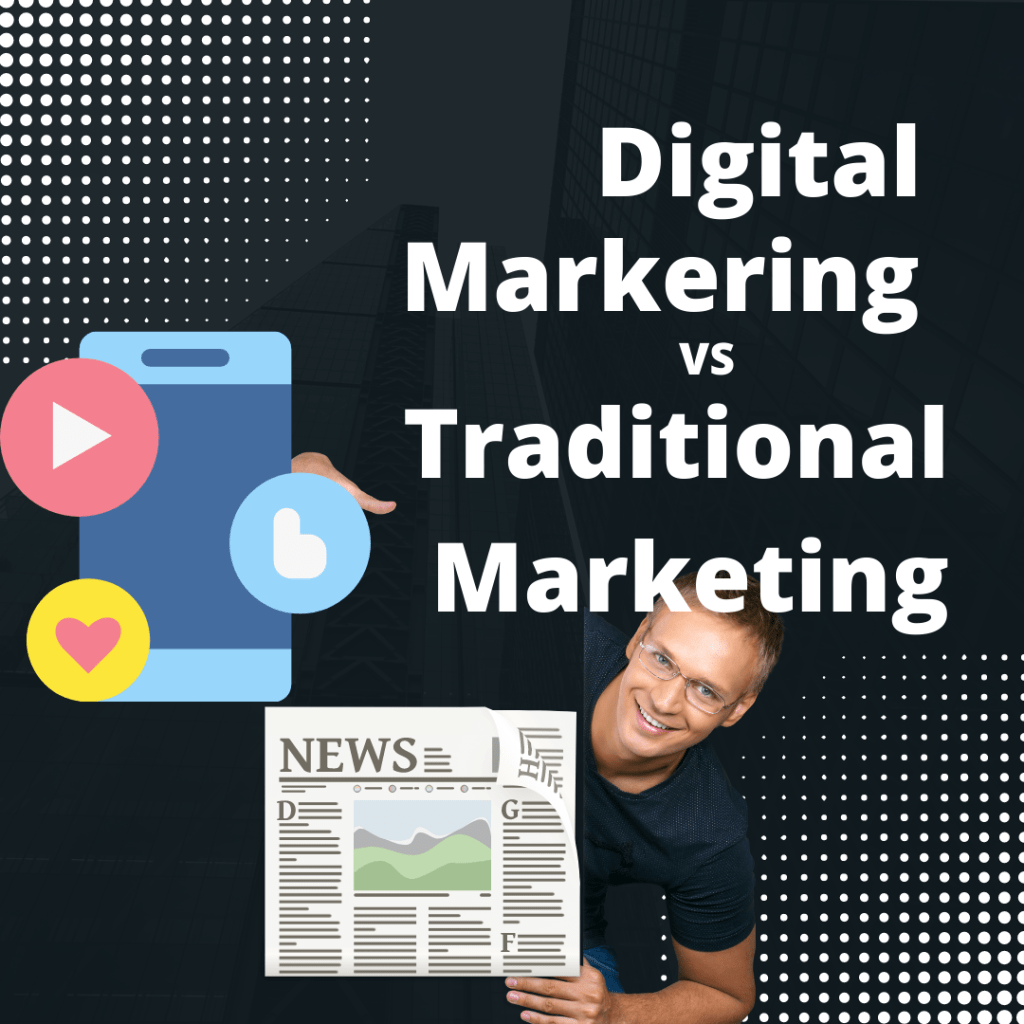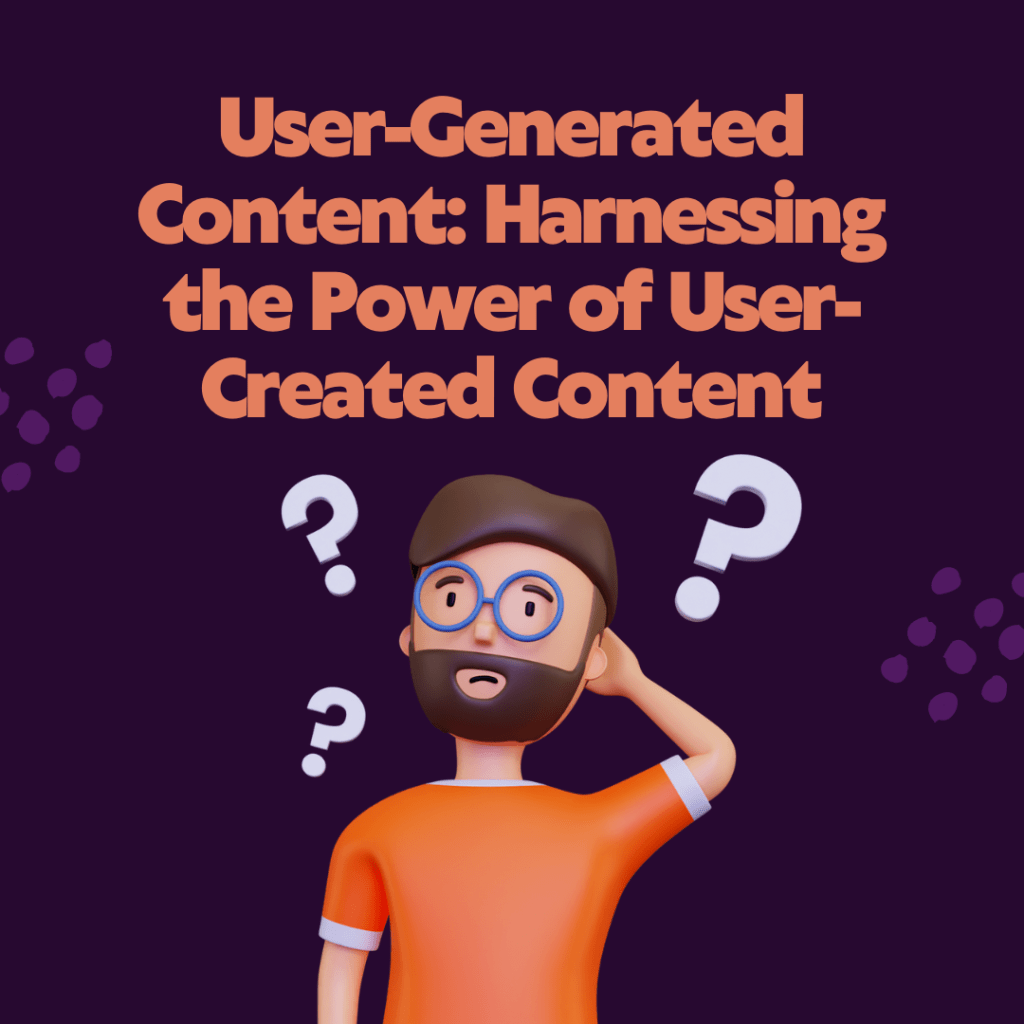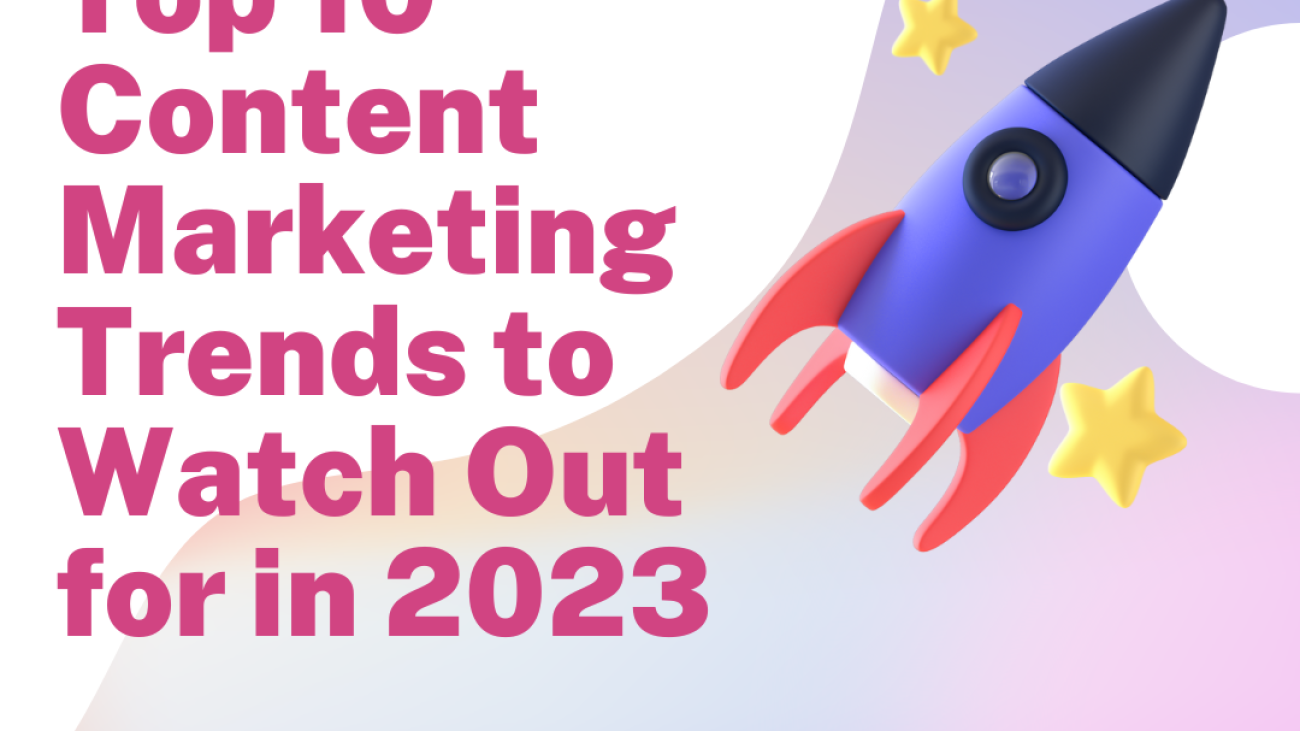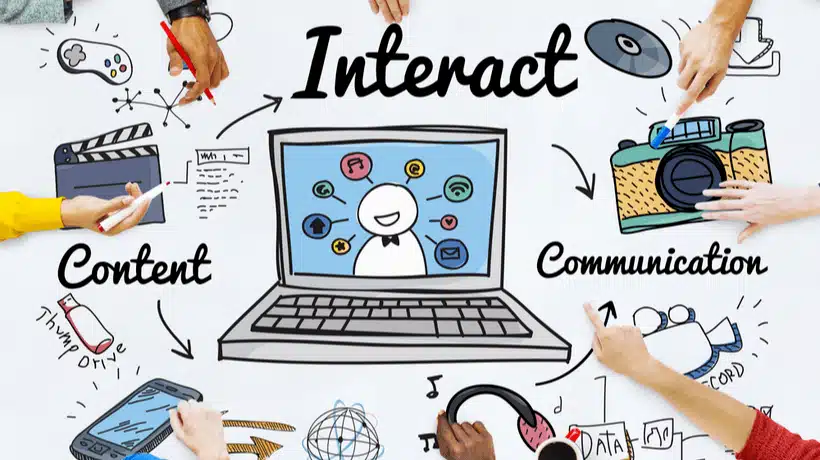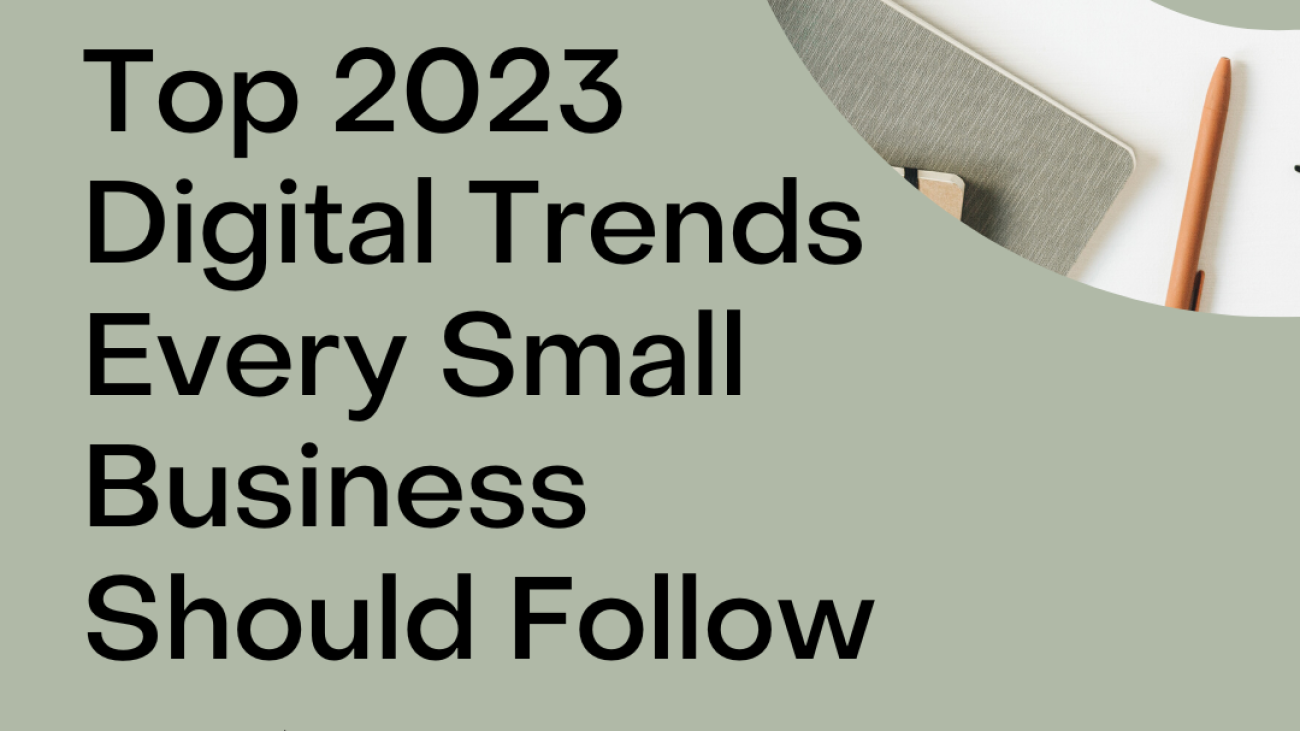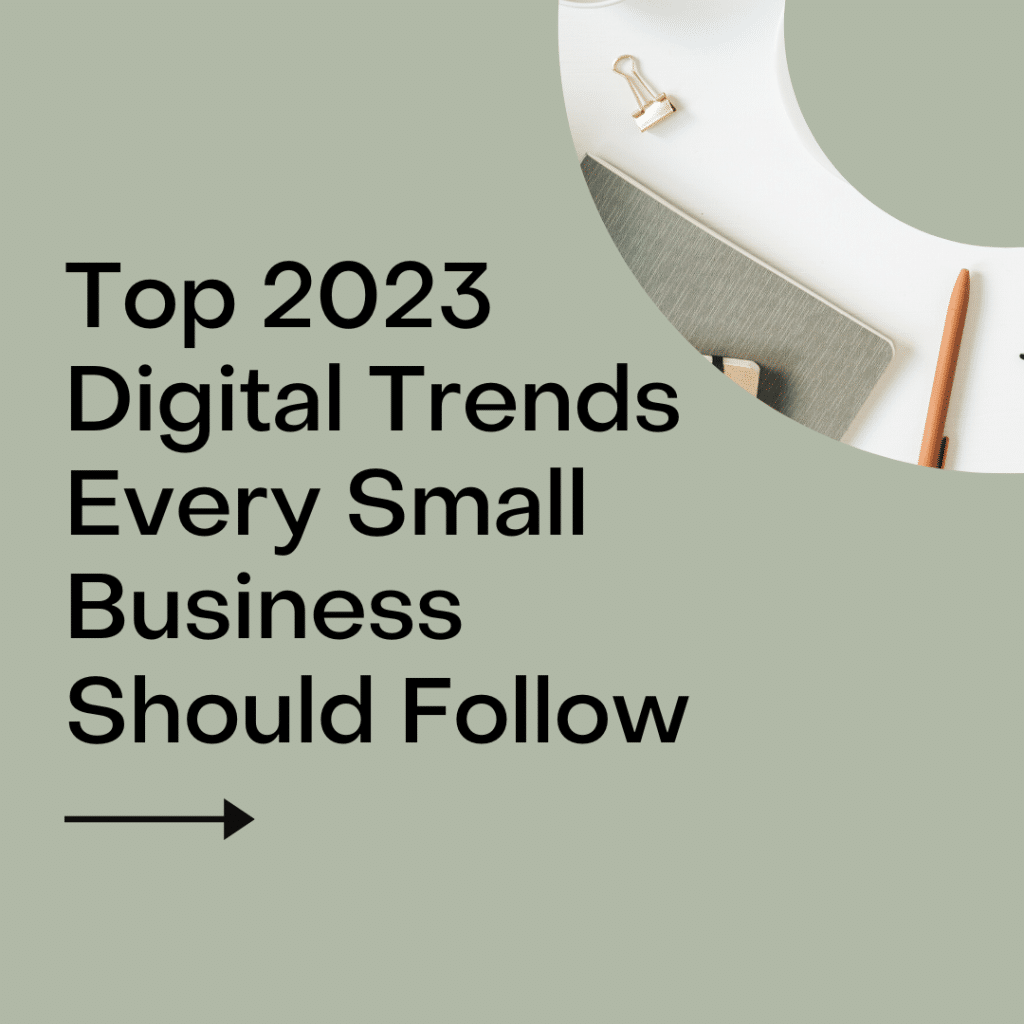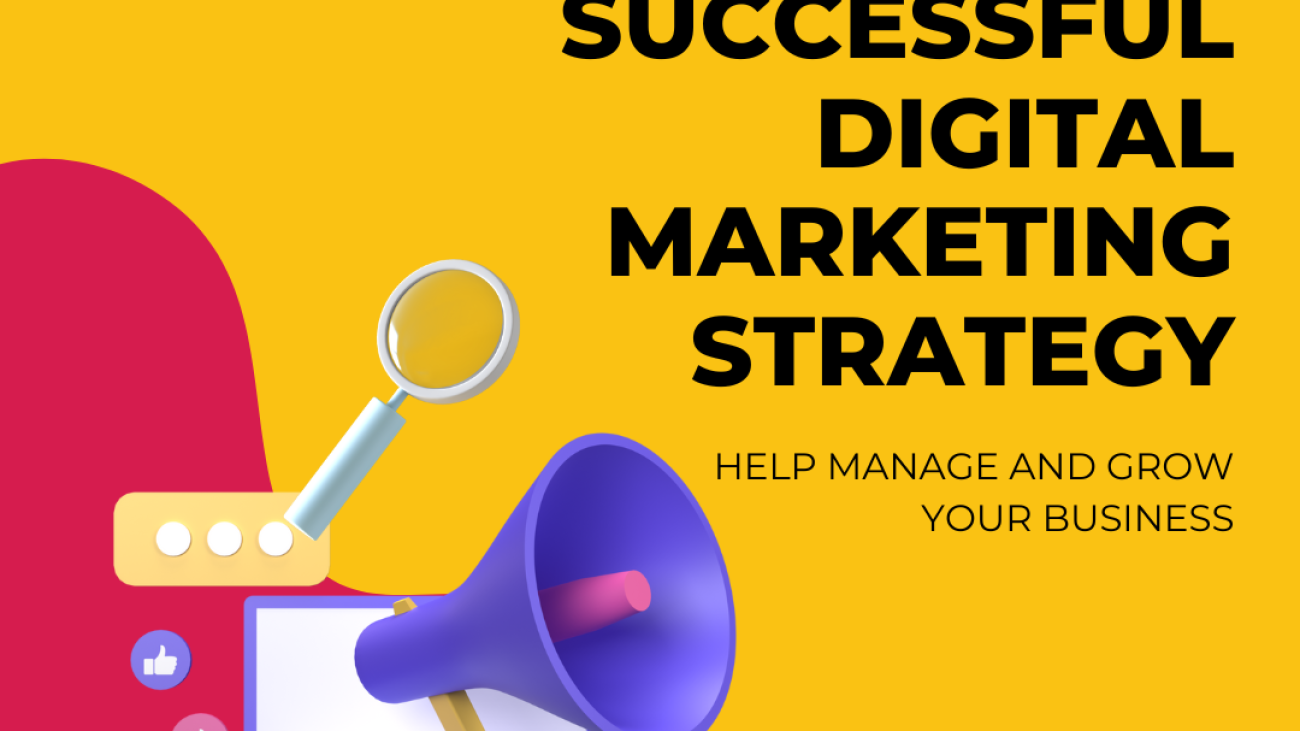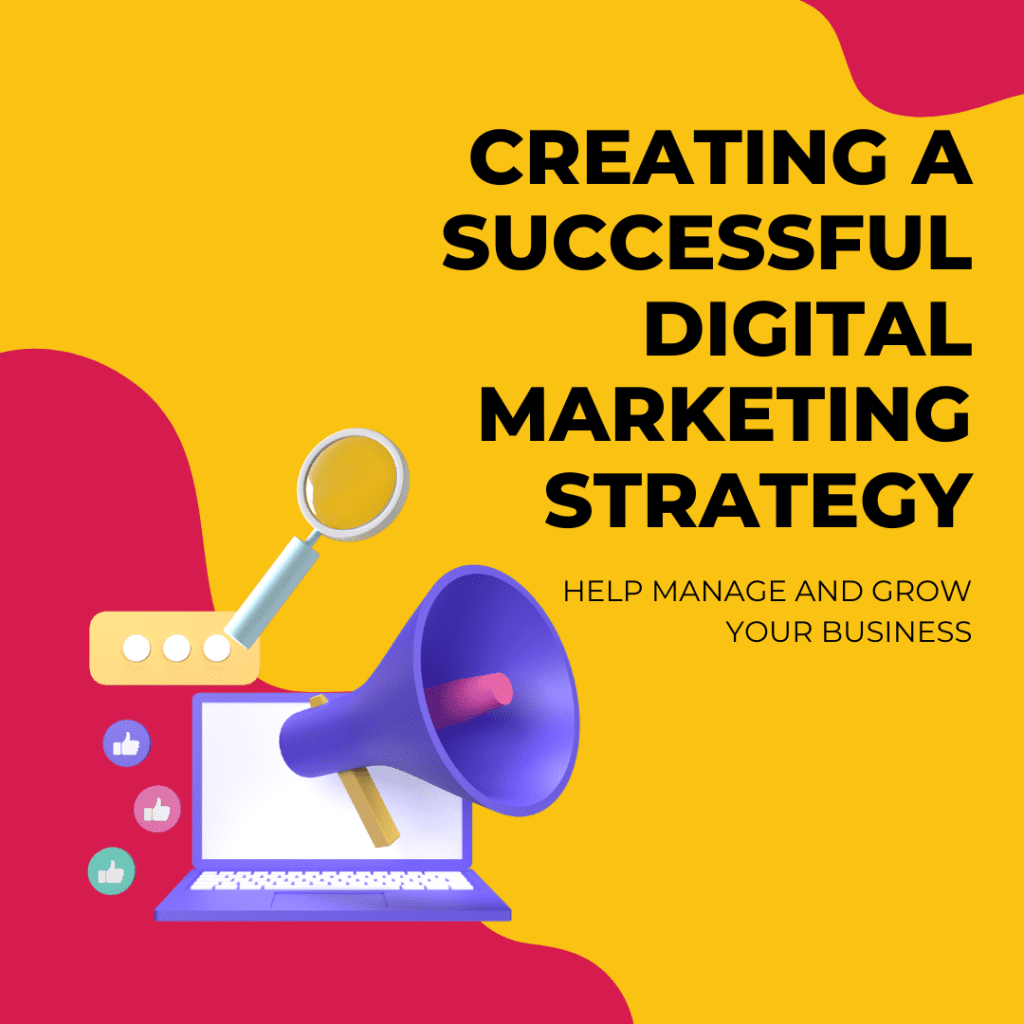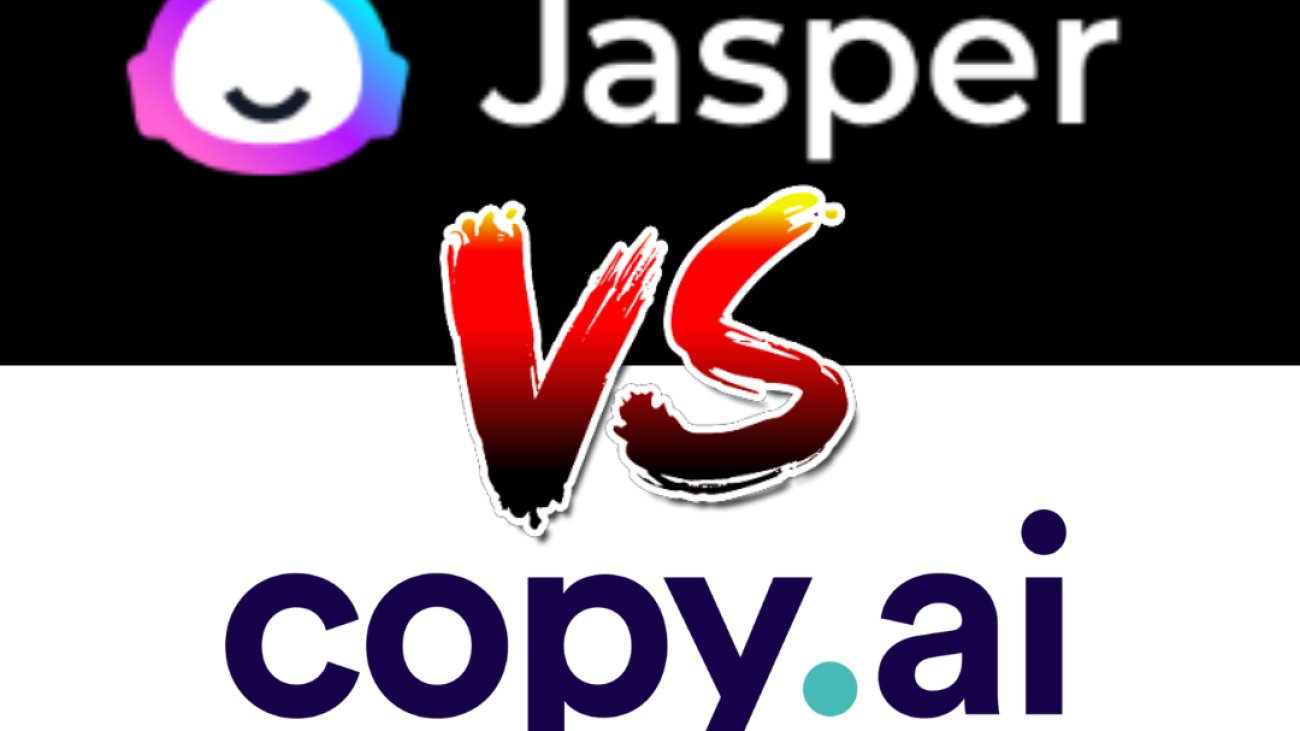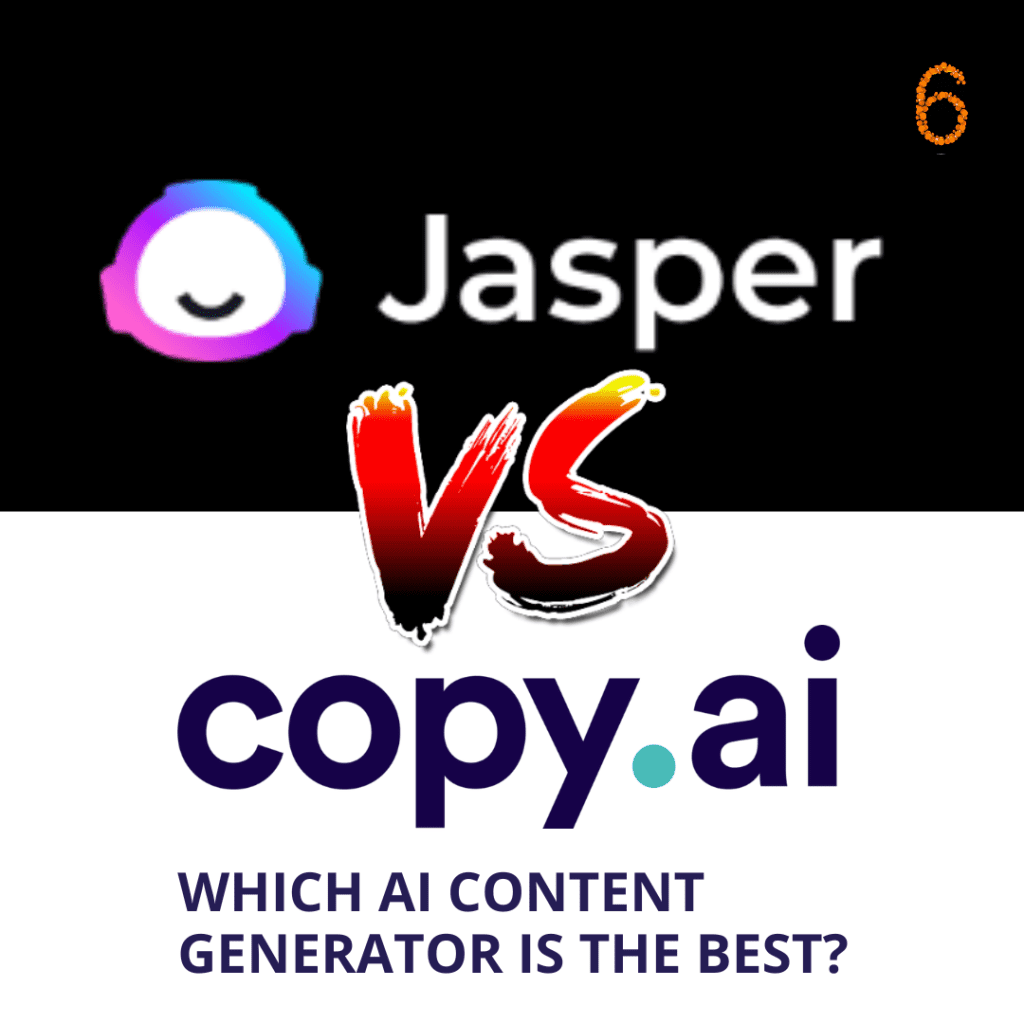Content marketing is a constantly evolving field, and staying on top of the latest trends is crucial for success. As we look ahead to 2023, several content marketing trends are likely to emerge and become more prominent.
Here are the top 10 content marketing trends to watch out for in 2023:
- Video content will continue to dominate
- Interactive content
- Influencer marketing
- Personalization
- Voice search optimization
- Artificial intelligence
- Virtual and augmented reality
- Podcasts
- Social media stories
- Sustainability and social responsibility

Video content will continue to dominate
Video content has been growing in popularity for several years, and this trend is likely to continue into 2023. According to a report by Wyzowl, 81% of businesses now use video as a marketing tool, and this number is expected to continue to rise. Video content is more engaging and memorable than other forms of content, and it can be shared easily on social media. In 2023, we can expect to see more brands investing in video content to connect with their audience.
Some examples of brands that have already made significant investments in video content include:
Coca-Cola:
Coca-Cola has been using video content to connect with its audience for several years. Their “Taste the Feeling” campaign featured a series of videos that aimed to evoke emotions and create a connection with the brand.
Nike:
Nike has been using video content to showcase its products and connect with its audience. Their “Dream Crazy” campaign featuring Colin Kaepernick is an example of how Nike uses video content to create an emotional connection with its audience.
Apple:
Apple has been using video content to promote its products for many years. Their product launch videos are highly polished and showcase the features of the product in a visually engaging way.
Red Bull:
Red Bull has been using video content to promote its brand and connect with its audience. Their “Red Bull Stratos” campaign, which featured a high-altitude jump from a balloon in the stratosphere, was a viral sensation and helped to increase brand awareness.
Airbnb:
Airbnb has been using video content to showcase its unique properties and experiences. Their “Live There” campaign featured a series of videos that showcased the local culture and lifestyle of the destinations where Airbnb properties are located.
These are just a few examples of top brands that have been investing in video content to connect with their audience. In 2023, we can expect to see many more brands following suit and investing in video content as a way to reach their target audience.

Interactive content
Interactive content like quizzes, polls, and surveys are becoming increasingly popular because they provide a more engaging and personalized experience for the user. Interactive content allows users to participate in the content, rather than simply consume it. In 2023, we can expect to see more interactive content being used in content marketing campaigns.
Here are some examples of top brands that have used interactive content in their content marketing campaigns:
IKEA:
The furniture retailer IKEA created an interactive catalogue that allowed customers to use their smartphones to see what a piece of furniture would look like in their own homes. By simply scanning a page in the catalogue with their smartphone, customers could see a 3D image of the piece of furniture in their living room or bedroom.
Spotify:
Spotify created a quiz that helped users discover their musical personalities. The quiz asked a series of questions about the user’s music preferences and generated a personalized playlist based on their answers. This interactive content helped to engage Spotify’s audience and provided them with a personalized experience.
National Geographic:
National Geographic created an interactive feature called “Before and After: The Impact of Climate Change.” The feature allows users to slide back and forth between images to see the effects of climate change on various locations around the world. This interactive content helped to raise awareness of the impact of climate change and provided a memorable experience for users.
Coca-Cola:
Coca-Cola created an interactive vending machine that allowed users to create custom flavours by mixing different combinations of Coke products. The vending machine was a hit with consumers and generated a lot of buzz on social media.
HubSpot:
The marketing software company HubSpot created an interactive content tool called “Website Grader” that allows users to evaluate the effectiveness of their website. The tool provides users with a report that includes suggestions for improving their website’s performance. This interactive content helped to engage HubSpot’s audience and provided them with valuable insights.
These are just a few examples of top brands that have used interactive content in their content marketing campaigns. By creating engaging and interactive content, these brands were able to provide their audience with a memorable experience and build stronger connections with their customers.

Influencer marketing
Influencer marketing has become an essential part of many content marketing campaigns. Influencers have built up a loyal following on social media and can help to increase brand awareness and reach. In 2023, we can expect to see more brands partnering with influencers to reach their target audience.
Brands that have used influencer marketing in their content marketing campaigns:
Adidas:
The sports brand partnered with Instagram fitness influencers to promote their Ultraboost running shoes. They created a hashtag #ultraboost and encouraged influencers to share photos and videos of themselves running in their shoes.
Sephora:
The beauty brand partnered with YouTube beauty influencers to promote its products. They created a video series called “Sephora Squad” featuring top beauty influencers sharing their favourite Sephora products.
Coca-Cola:
The beverage brand partnered with popular social media influencers to promote its “Share a Coke” campaign. They encouraged people to share photos of themselves with personalized Coke bottles and featured influencers doing the same.
Dunkin’ Donuts:
The fast food brand partnered with influencers to promote its cold brew coffee. They created a hashtag #dunkinanytime and encouraged influencers to share photos and videos of themselves enjoying Dunkin’ Donuts cold brew at any time of day.
H&M:
The clothing brand partnered with influencers to promote its sustainable fashion line. They created a video series called “Close the Loop” featuring influencers sharing their tips for sustainable fashion and showcasing H&M’s eco-friendly clothing options.
Personalization
Personalization is becoming increasingly important in content marketing. Consumers expect personalized content that speaks to their specific interests and needs. In 2023, we can expect to see more brands using personalization to create tailored content for their target audience. This can include personalized email marketing, personalized landing pages, and personalized product recommendations.
Brands that have used personalization in their content marketing campaigns:
Amazon:
The e-commerce giant uses personalization to recommend products to customers based on their purchase history, search history, and other browsing behaviour. They also use personalized email campaigns, suggesting products based on the customer’s past purchases.
Spotify:
The music streaming service uses personalization to recommend playlists and songs based on the listener’s past listening behaviour. They also offer personalized playlists like “Discover Weekly” and “Daily Mix” that are tailored to the listener’s preferences.
Netflix:
The streaming service uses personalization to recommend TV shows and movies to viewers based on their viewing history, ratings, and other behaviour. They also create personalized trailers for upcoming shows and movies based on the viewer’s preferences.
Nike:
The sports apparel brand uses personalization in its NikeID program, which allows customers to customize their shoes with different colours, materials, and other features. They also offer personalized training plans and recommendations based on the customer’s fitness goals and preferences.
Coca-Cola:
The beverage brand used personalization in its “Share a Coke” campaign, which featured personalized bottles with people’s names on them. They also created personalized digital ads that showed the customer’s name and suggested they “share a coke” with a friend.
Voice search optimization
With the increasing popularity of voice search, content marketers need to optimize their content for voice search. This means creating content that answers the questions that people are asking when they use voice search. In 2023, we can expect to see more brands optimizing their content for voice search to improve their search engine rankings and reach a wider audience.
Brands that have used voice search optimization in their content marketing campaigns:
Domino’s Pizza:
The pizza chain created an app that allows customers to order pizza using voice commands. They optimized their website and app for voice search by using conversational language and long-tail keywords.
Nestle:
The food and beverage company created a skill for Amazon Alexa called “GoodNes” that offers personalized recipe recommendations based on the user’s dietary preferences and cooking history.
Allrecipes:
The recipe website optimized its content for voice search by using conversational language and answering common cooking-related questions in its blog posts. They also created an Alexa skill that offers recipe recommendations based on the user’s ingredient preferences.
Lowe’s:
The home improvement retailer created an app that allows customers to search for products and get DIY advice using voice commands. They optimized their website and app for voice search by using natural language and answering common home improvement questions.
Burger King:
The fast food chain created an ad that activated Google Home devices by saying, “Okay Google, what is the Whopper burger?” This controversial ad demonstrated how brands can use voice search to engage with customers in new and creative ways

Artificial intelligence
Artificial intelligence is being used more and more in content marketing to analyze data and create more effective campaigns. In 2023, we can expect to see more AI-powered content marketing tools being used. These tools can help content marketers analyze audience data, personalize content, and create more effective campaigns.
brands that have used Artificial Intelligence (AI) in their content marketing campaigns:
The New York Times:
The media company uses AI to optimize their headlines and article summaries for different platforms and audiences. They also created an AI-powered chatbot called “The New York Times Cooking” that offers recipe recommendations based on the user’s preferences.
Netflix:
The streaming service uses AI to personalize content recommendations for each user based on their viewing history, ratings, and other behaviour. They also created an AI-powered tool called “Artwork Personalization” that suggests different cover images for TV shows and movies based on the user’s preferences.
Sephora:
The beauty brand uses AI to personalize its customer recommendations and provide more accurate shade matches for its makeup products. They also created an AI-powered tool called “Sephora Virtual Artist” that allows customers to try on different makeup looks using their smartphone camera.

Virtual and augmented reality
Virtual and augmented reality are becoming more accessible, and content marketers are starting to use them to create more engaging and immersive experiences for their audiences. In 2023, we can expect to see more brands using virtual and augmented reality in their content marketing campaigns to provide a more memorable and engaging experience for their audience.
Brands that have used Virtual and Augmented Reality (VR/AR) in their content marketing campaigns:
IKEA:
The furniture retailer created an AR app called “IKEA Place” that allows customers to see how furniture items would look in their homes before making a purchase. Customers can use the app to visualize the furniture item in real time using their smartphone camera.
Mercedes-Benz:
The car manufacturer created an AR app called “Mercedes-Benz AR Experience” that allows customers to explore and customize their cars using their smartphone camera. The app uses AR technology to superimpose a virtual car onto the user’s real-world environment.
Coca-Cola:
The beverage brand created a VR experience called “Coke VR” that allows customers to explore a virtual world and play games that are themed around the Coca-Cola brand. The experience is designed to provide a fun and immersive way for customers to engage with the brand.
Podcasts
Podcasts have been growing in popularity over the past few years, and this trend is likely to continue into 2023. Brands can create their podcasts to reach their target audience and provide valuable information and entertainment. In 2023, we can expect to see more brands investing in podcasts as a way to connect with their audience.
brands that have used podcasts in their content marketing campaigns:
Slack:
The communication platform created a podcast called “Work in Progress” that features interviews with entrepreneurs, innovators, and creatives. The podcast is designed to inspire and insights for people who are looking to make an impact in their field.
Shopify:
The e-commerce platform created a podcast called “TGIM” (Thank God It’s Monday) that features interviews with entrepreneurs and experts in the e-commerce industry. The podcast is designed to provide insights and inspiration for people who are looking to start or grow their online business.
Hubspot:
The marketing software company created a podcast called “The Growth Show” that features interviews with business leaders and marketing experts. The podcast is designed to provide insights and strategies for businesses that are looking to grow and scale their operations.
Social media stories
Social media stories have become a popular way to share content on platforms like Instagram and Facebook. In 2023, we can expect to see more brands using stories to engage with their audience. Stories allow brands to share more informal and personal content with their audience, which can help to build a stronger connection with their followers.
Sustainability and social responsibility
Consumers are becoming increasingly concerned about sustainability and social responsibility. Brands that can demonstrate their commitment to these issues will be more attractive to consumers in 2023.
User-Generated Content
User-generated content (UGC) is a great way for businesses to increase engagement and build trust with their audience. UGC can take many forms, including customer reviews, social media posts, and user-generated videos. In 2023, we can expect to see more businesses leveraging UGC to create more authentic content and foster a stronger sense
In conclusion, content marketing is constantly evolving, and businesses need to stay on top of the latest trends to remain competitive in the digital space. In 2023, we can expect to see more businesses focusing on interactive and personalized content, leveraging new technologies like AI and VR/AR, and prioritizing sustainability and authenticity. By embracing these trends, businesses can create content that resonates with their audience, drives engagement, and ultimately, helps them achieve their marketing goals.
